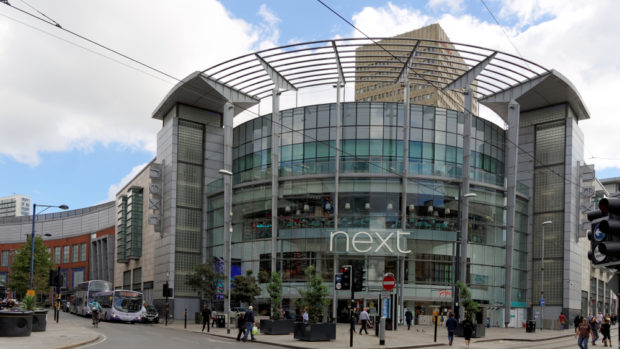
New data from digital transformation consultancy Daemon reveals that over half (60 per cent) of Brits still prefer a traditional checkout with a cashier when shopping in-store. This figure climbs to 71 per cent among Baby Boomers, compared to just 59 per cent of Millennials and 46 per cent of GenZ.
Interestingly, 56 per cent of GenZ favour service assisted checkouts, a preference that declines with age, with only 51 per cent of Millennials and 40 per cent of Baby Boomers opting for this method.
Despite the generational differences, one thing is clear: as retailers introduce innovations like Scan and Go, Click and Collect, and Just Walk Out, many customers still value human interaction at the checkout. Only 26 per cent preferred Scan and Go, 14 per cent chose Click and Collect, and just 5 per cent opted for Just Walk Out, highlighting the lasting appeal of personal touchpoints in the evolving customer shopping experience.
While in-store shopping preferences lean towards human interaction, the online customer experience appears to be in disarray. The data reveals that 57 per cent of consumers find long response times to be the most frustrating aspect of contacting online customer service. This is followed closely by difficulties in resolving issues or complaints (42 per cent) and unfriendly or unhelpful staff (29 per cent).
55 per cent of Baby Boomers showed a strong preference towards customer service via phone, with 31 per cent usually satisfied when using this channel and often getting the resolution they need. In contrast, 44 per cent of Millennials and 43 per cent of GenZ prefer using email. Across all generations, social media ranks as the least favoured customer service method. Additionally, 23 per cent report they are never satisfied with the answers provided by online chatbots. Further, 28 per cent say that an exceptional customer experience would make them more likely to continue shopping with a retailer.
Jimmy Headdon, head of delivery excellence, Daemon, comments: “As a truly multi-generational society, retailers are navigating a plethora of preferences and abilities, which makes delivering a seamless in-store and online customer experience a complex challenge. It’s clear that no matter how customers choose to engage—whether in-store or online—these experiences need to be aligned for success.”
Customer experience goes beyond just post-purchase support—it extends to the payment process, which is often overlooked but can be a critical factor in whether customers complete or abandon their purchase.
Payment preferences also vary by generation. Nearly a quarter of Millennials (24 per cent) and 20 per cent of Baby Boomers are very likely to abandon their purchase if credit/debit card is not available, while 20 per cent of GenZ are likely to walk away if Digital Wallets aren’t offered.
Headdon continues: “The connection between payments and the overall customer experience is stronger than ever. Retailers need to recognise that payment methods are a vital part of the customer journey. With the purchasing power of younger generations growing, businesses need to ensure they are offering flexible payment options to tap into this market. To stay ahead, businesses must approach these elements not in isolation, but as integral pieces of a seamless, unified experience.”








Share